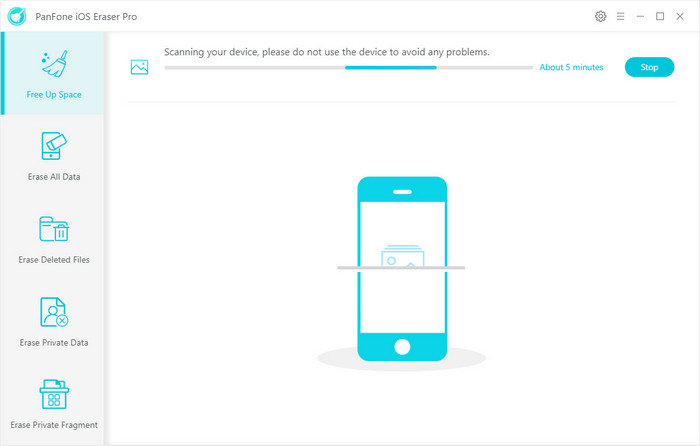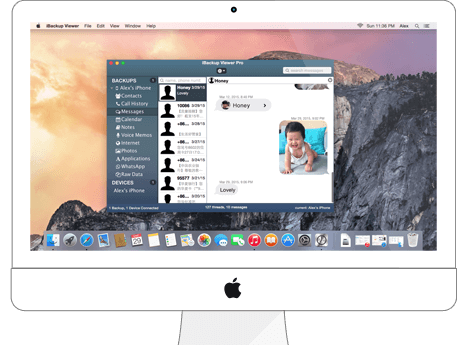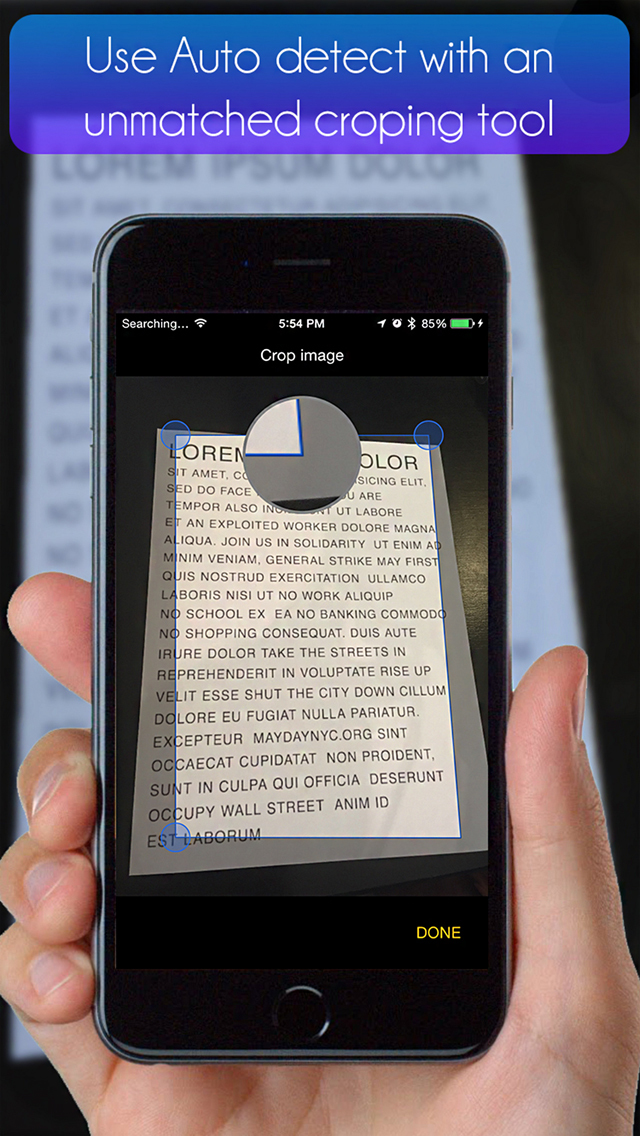


Otherwise, click on the ‘Yes’ button to continue. If you are not logged in with an admin account, provide the credentials for one. Now, a UAC (User Account Control) screen will appear on your screen. Once the file has been saved, head to the directory you have saved the file and double-click on it to run it. reg extension and click on the ‘Save’ button to save the file on your PC. Then, provide an appropriate name to the file with the.

#IPHONE PHOTO READER FOR WINDOWS WINDOWS#
Windows Registry Editor Version on the ‘Save as’ window, click on the dropdown menu present right beside the ‘Save as type’ option and select the ‘All files’ option. This will open a separate window on your screen. Alternatively, you can also press Ctrl+ S keys together on your keyboard to perform the same action. Then, click to select the ‘Save’ button to proceed. Next, on the notepad window, type or copy+paste the below-mentioned command in the notepad file and click on the ‘File’ tab to reveal the overflow menu. Then, from the search results, click on the ‘Notepad’ tile to open the app. To do so, first, head to the Start Menu and type Notepad in the menu to perform a search for it. In reality, you can easily create a registry file using the Notepad app that came preloaded on your computer. While creating a registry file might sound like a highly technical task with a long process. Create and Run a Registry File to Enable the Windows Photo Viewer in Windows 11 Hence, let’s begin with creating the registry files. Then, you will need to make the Windows Photo View your default app to view images on your system. First, you will need to create and run a registry file on your Windows 11 computer, this will run the necessary scripts to enable the Windows Photo Viewer on the latest Windows operating system. Though the process is a two-part process, however, that doesn’t make the process cumbersome at all. If you also prefer the Windows Photo Viewer more than the modern Photos app to view pictures on your Windows device, this guide will serve you just fine. In stark contrast, Windows Photo Viewer was blazing fast and provided decent enough functionalities for daily photo viewing. It is that noticeable lag when trying to open pictures on a Windows laptop that breaks the deal. However, despite having a great user interface, it is still not able to provide a great user interface just because of sluggish performance on almost every Windows device. Moreover, it also categorizes your media pretty well. Though the Windows Photos app is not half bad, in fact, it has a built-in photo and video editor with some decent tools at your disposal. Windows Photo Viewer was replaced by the Windows Photos app sometime back. It’s safe to delete them.Ditch the slow and sluggish Windows Photos app and enable the good ol’ Windows Photos Viewer on your Windows 11 PC. If you plan to permanently keep your iPhone photos on a platform that doesn’t support the Apple Photos app, such as Windows or Linux, you don’t need to save any AAE files.
#IPHONE PHOTO READER FOR WINDOWS MAC OS X#
AppleĪpple first introduced AAE files in iOS 8 and in Mac OS X 10.10 Yosemite in 2014 around the same time that they announced discontinuing Apple Aperture and iPhotos in favor of the then-new Photos app, so this theory makes sense.

AAE files likely originated with the Apple Aperture program, which is now discontinued. In that case, AAE might stand for “Apple Aperture Edits,” “Apple Aperture Extension,” or something similar. Some theorize that AAE files originated with the Apple Aperture photo management application on Mac, which used XML sidecar files for its non-destructive editing system. So when you transfer your photos from an iPhone to Windows, sometimes, a file with a name like “IMG_0026.AAE” will show up, which will match a similar image file named “IMG_0026.JPG,” for example. Your iPhone stores those AAE files alongside your photos.


 0 kommentar(er)
0 kommentar(er)
